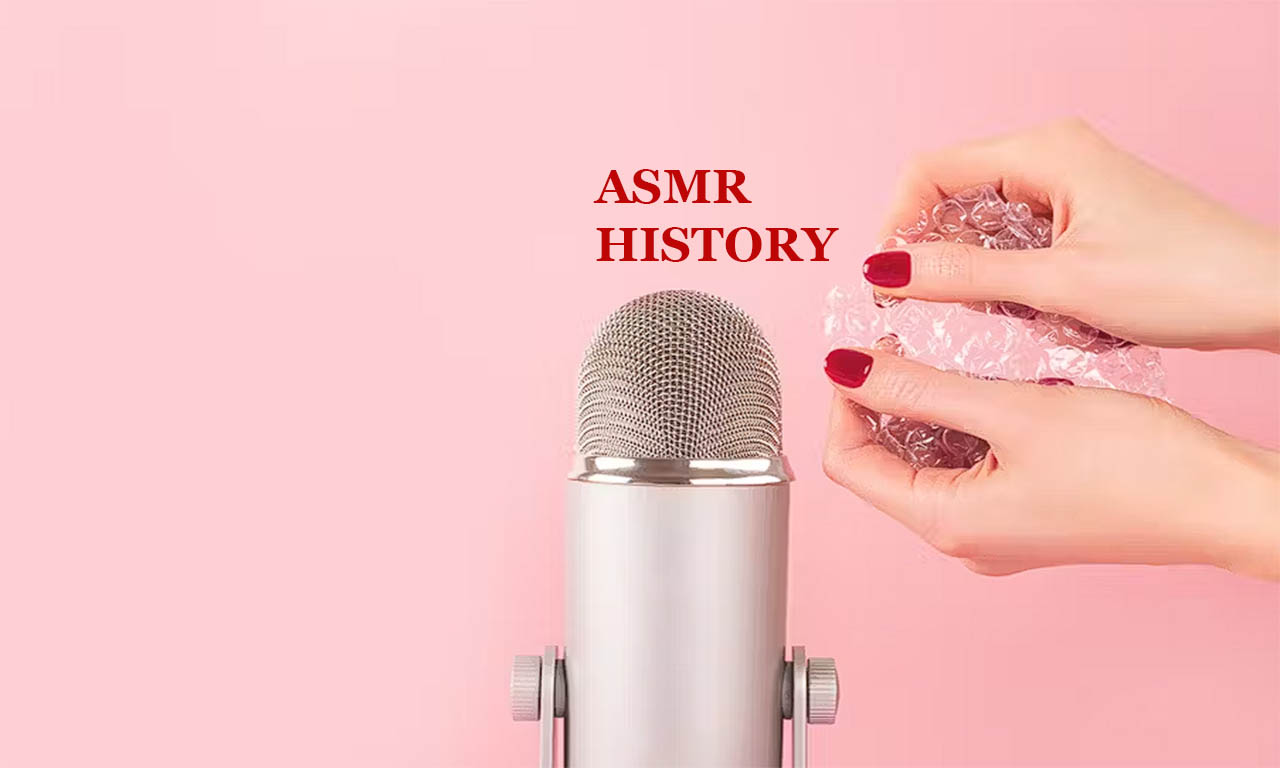2007-2009: The Term is Coined
- 2007: WhisperingLife, the first YouTube channel dedicated to whispering videos, which many consider an early form of ASMR content, is created. This marked the beginning of whisper videos as a genre on YouTube.
- 2009: The term “Autonomous Sensory Meridian Response” is coined by Jennifer Allen, a cybersecurity professional. She created a Facebook group to provide a formal name and a space for discussing the phenomenon, which previously did not have a specific term associated with it.
2010-2013: ASMR Gains Traction on YouTube
- 2010: More ASMR content creators start appearing on YouTube, capitalizing on the growing interest in whisper videos and expanding into other triggers like tapping, scratching, and personal attention.
- 2012-2013: ASMR begins to be discussed in the mainstream media, with articles appearing in publications like The Huffington Post and Buzzfeed, significantly raising its profile.
2015-2016: Scientific Interest Begins
- 2015: The first peer-reviewed article on ASMR is published by Dr. Nick Davis and Emma Barratt of Swansea University, marking the beginning of scientific interest in ASMR. Their study provides preliminary insights into the common triggers and potential therapeutic benefits of ASMR.
- 2016: A follow-up study is published in the journal “PeerJ” by the same researchers, focusing on the personality traits common among individuals who experience ASMR, helping to deepen understanding of who is most likely to benefit from ASMR videos.
2018-Present: Mainstream Acceptance and Commercialization
- 2018: The first Super Bowl commercial featuring ASMR aired by Michelob ULTRA, which starred actress Zoe Kravitz whispering and tapping on a bottle, bringing ASMR into mainstream spotlight.
- 2019: W Magazine’s celebrity ASMR interview series, which features celebrities like Cardi B and Gal Gadot performing various ASMR triggers, further validates ASMR’s popularity and its appeal in popular culture.
- 2020 and beyond: Major brands and media outlets continue to incorporate ASMR into advertising and content, reflecting its status as a recognized and accepted form of relaxation and entertainment.
These milestones illustrate ASMR’s rapid evolution from a niche internet sensation to a recognized cultural and commercial phenomenon. The development of ASMR has been closely tied to technology, particularly online platforms like YouTube, and continues to grow as more is understood about its potential benefits and applications.

